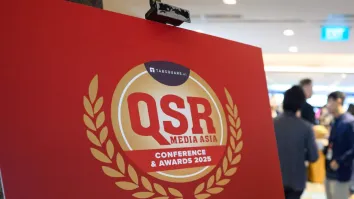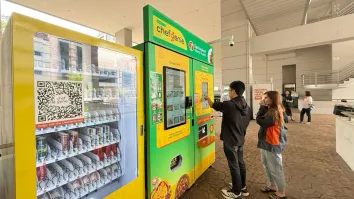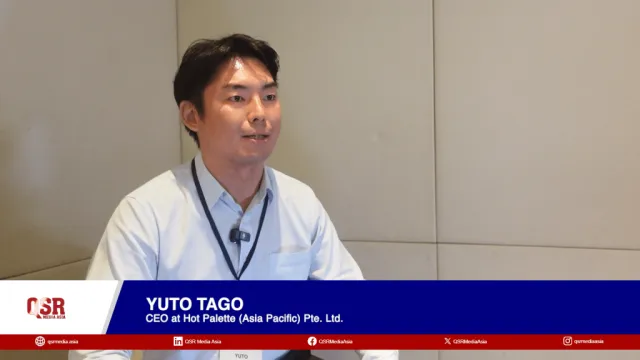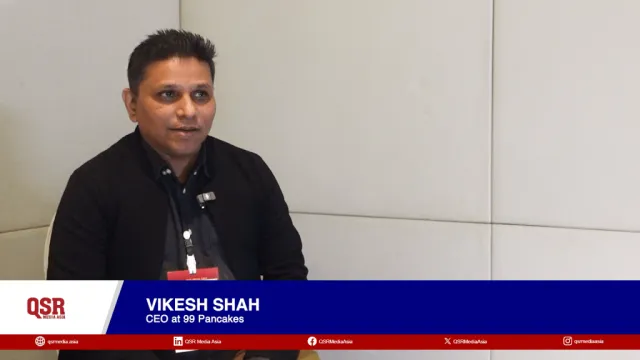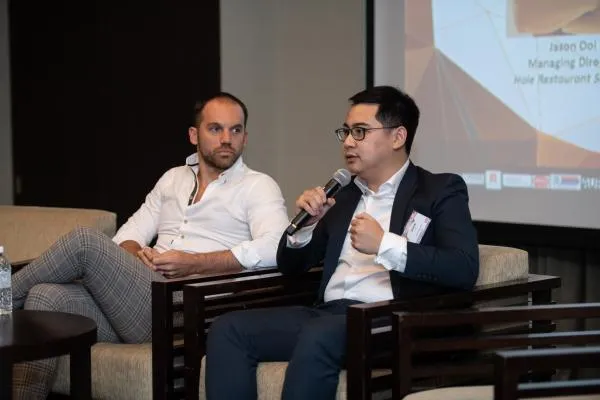
The rise of the health-conscious consumer, and what it means for QSRs
Execs from healthy eating chains give insights on product development and how technology helps in finding demand.
Consumer tastes are shifting. The rise of plant-based diets and conversations about sustainably-sourced food are pushing conscious consumers to demand more varied, and more costly, options from the foodservice industry. What does this mean for the industry moving forward?
For two healthy eating leaders in Southeast Asia, it means opportunity.
Alexis Bauduin, Chief Executive Officer of Singapore-based YOLO Food, said at the QSR Media Asia Conference 2019 that consumers of today are more educated towards the nutritional value of food, and are more aware its role in diseases like obesity and diabetes. But he also pointed out that there was a lot of misinformation in the mass market about food, and QSRs like YOLO Food that aims to bridge the gap in between healthy eating and the mass market can tap into a wealth of opportunity.
“I think the real problem that we're trying to solve is what is literally happening everywhere in Asia right now, obesity, diabetes. And so we’re trying to go and bring a real solution to the mass market, because the mass market cannot relate to eating salads, cannot relate to healthy eating in general. They don’t understand it. It’s not their palate. So we’re trying to take the food that they eat on a daily basis and make that healthy,” Bauduin said.
QSRs quick to take advantage of healthy eating trends, as well as ethical trends in operations like sustainable sourcing and environmentally-friendly packaging, can even attract a growing market of corporate clients, Jason Ooi, Managing Director of the HALE Restaurants in Malaysia, added.
“We do see more and more individuals that are embracing this idea of a healthy lifestyle and who find this type of food. But we also see that corporates, especially multinational companies, they are starting to appreciate food that is nicely packed, sustainably sourced,” Ooi said.
But that is easier said than done. The two brands even admitted that catering to the healthy eating market has not been smooth sailing from the get-go, and they encountered issues with food portioning, taste, and cost of ingredients that hindered menu innovation.
Technology, once again, can help enable brands cater to these markets. Food aggregators and delivery platforms can aid in finding locations where there is the most demand for healthy food.
“Now we have access to tremendous amount of data. On my side, it has helped my business tremendously because you are now able to know a whole market: What are your consumers looking at? What is Singapore looking for? What are the search words that they are looking for? This is tremendous information that can help your business, your menu and all the innovation that you guys will bring further,” he said.
In Malaysia, where food delivery is not as widespread, Ooi pointed out that consumers are still looking for convenience and premiumisation with their food choices, so a stronger focus on product will be more effective.
“What I see is ultimately technology is going to help you to succeed in your business, but it is not going to be the key point of why your business is going to be successful,” he said.
Even as the consumer palate evolves into a new age, the brands agreed that the heart of menu development and innovation remains largely the same.
“At the end of the day, consumers are still looking for something that is very simple. They want something that is a great value for money. They want something that ‘talks’ to them,” Bauduin said. “Ultimately, food is about pleasure.”



